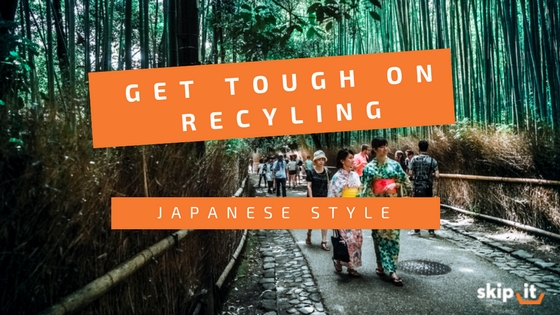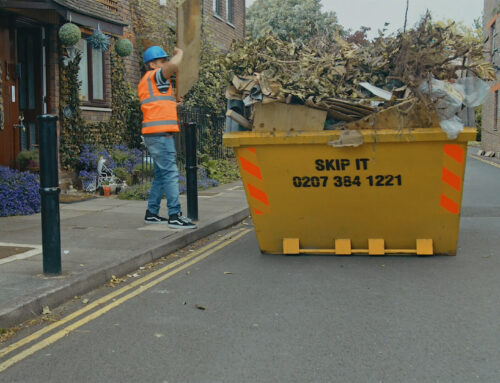The village of Kamikatsu in Japan houses is home to just 1,700 people. And since 2003, that cohort has been on a mission – to become the world’s first zero-waste community. That’s right, while developed western countries quibble about recycling rates in the 40 per cent and 50 per cent range, Kamikatsu’s are a staggering 80 per cent.
And they’re not stopping there: they’re on a mission to go for gold and recycle 100 per cent of their waste collection by 2020.
A dynamic waste policy
Waste in Kamikatsu is sorted into 34 distinct categories. These are far more specific than any waste collection system we use here in the UK – there are categories for things like aluminium cans and paper flyers. A waste management system like this is particularly good for recycling, as it allows different forms of recycling for different materials – rather than having the entire cohort thrown into one one-size-fits-all recycling bin.
As well as this, the town has a particularly successful reuse policy, with communal repositories where people can leave and exchange old clothing and furniture that they no longer want to use.
How do we fare by comparison?
Undoubtedly, most major European and western countries have come on leaps and bounds over the last two decades. In the UK alone, we increased our recycling rates from 11 per cent to 43.7 per cent between 2000 and 2014/2015. Most impressively of the bunch, Germany recycles over 60 per cent of its municipal recycling.
On the other end of the spectrum, some of the least impressive recycling rates can be seen on the Balkan peninsula, with Serbia recycling only one per cent of its municipal waste collection and Bosnia and Herzegovina recycling none whatsoever.
Compared to Kamikatsu, however – even Germany looks like a recycling amateur. It’s impressive enough to see recycling rates of over 80 per cent – but it’s even more so when we consider the time frame. In 2003, the town incinerated its entire waste cohort, and embarked on what can only be described as a recycling revolution that year.
What can we learn from Kamikatsu?
Undoubtedly, the fact that Kamikatsu is such a small town helps with its recycling goals. Having fewer citizens under its jurisdiction means that the town can be more nimble with its policies than, for example, a 9 million-person strong metropolitan mammoth like London.
Your residential and business waste collection services
Fewer people also means there’s a more defined sense of community – meaning the individual residents can see and experience the consequences of their actions and the positive changes they make, in a way citizens of large western cities cannot.
It can often be difficult to see the tangible benefits of recycling that one can or disposable coffee cup. One coffee cup in billions can’t mean that much in the grand scheme of things. One in 1,700 is a lot clearer.
So what tangible objectives can we as a country make from observing Kamikatsu? It’s clear that broad-scale central government targets, directives, taxes and incentives will only have so much effect. As it happens, that’s pretty much what we said in response to the government’s latest recycling proposals.
Taxes and incentives may well convince people to recycle in order to avoid paying a tax – but it won’t convince them to recycle because recycling in itself benefits them.
You might think the distinction is of no practical consequence. But if we want to become a truly Kamikatsu-esque society we need create a system where individual people in individual communities can see the tangible benefit of their actions. For that to work, waste management reform needs to come from the ground up.
Until then, individuals and companies need to make the most of the waste management system we’ve got. You might not see the immediate benefits of where and how you dispose of your waste – but it’s important to play your part and be as responsible as possible.










Leave A Comment